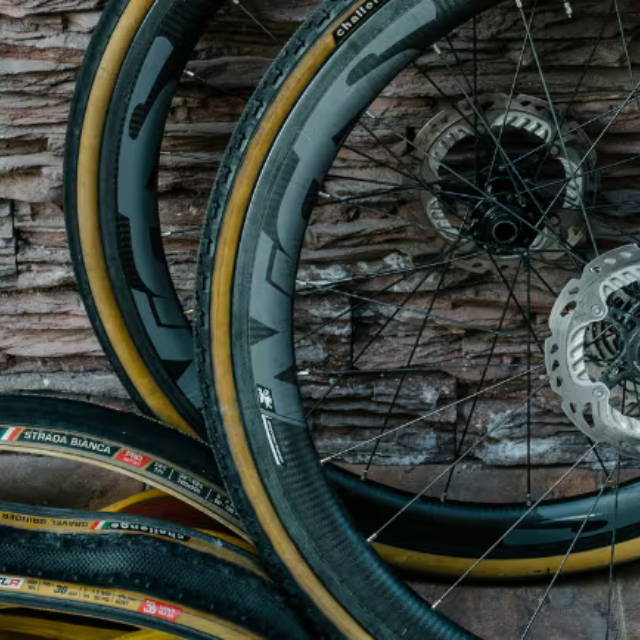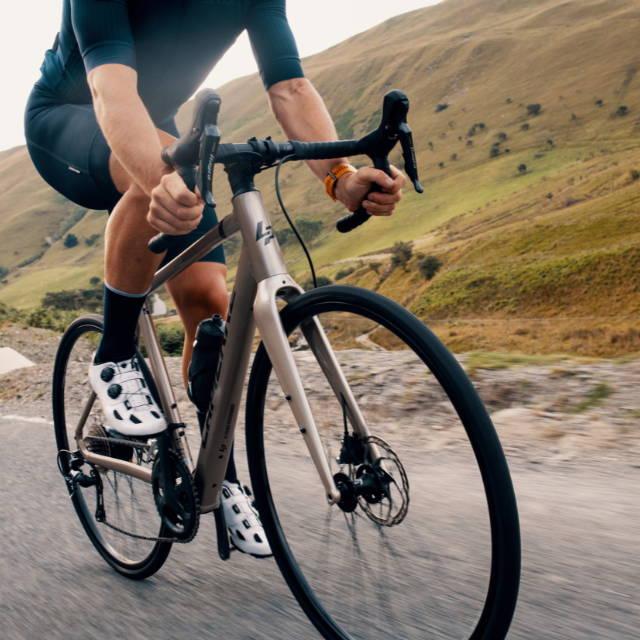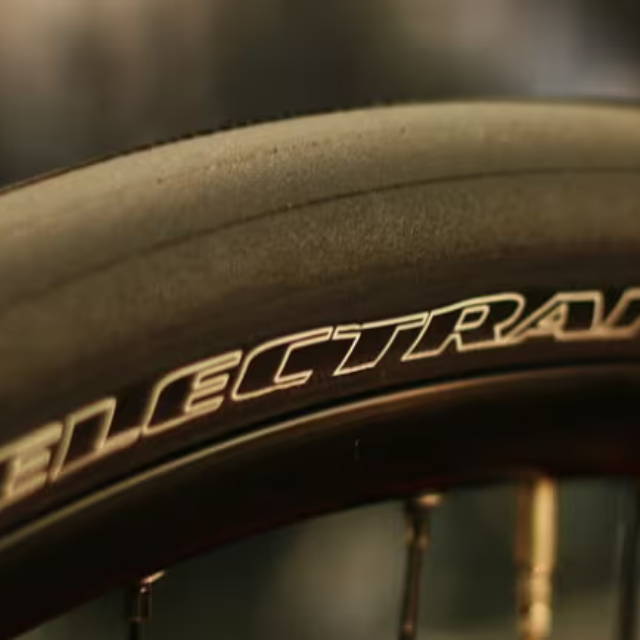Weather and temperature can affect tire pressure since warm air expands and colder air takes up less volume. You may need to add extra air during colder months if you notice underinflation.
E-Bike Tire Pressure: How to Choose the Right PSI for Your Ride
Written by: Rémy Rossi | June 29, 2025 | Time to read 6 min
Don’t feel the pressure. Pumping your e-Bike’s tires to the right amount is a total breeze.

More about the Author: Remy Rossi
Rémy Rossi is a bike writer, mechanic, and educator who got his start in community-based bike shops and co-ops. With a decade in the industry, he still wrenches on bikes when he can and plays bike polo on a fixie.
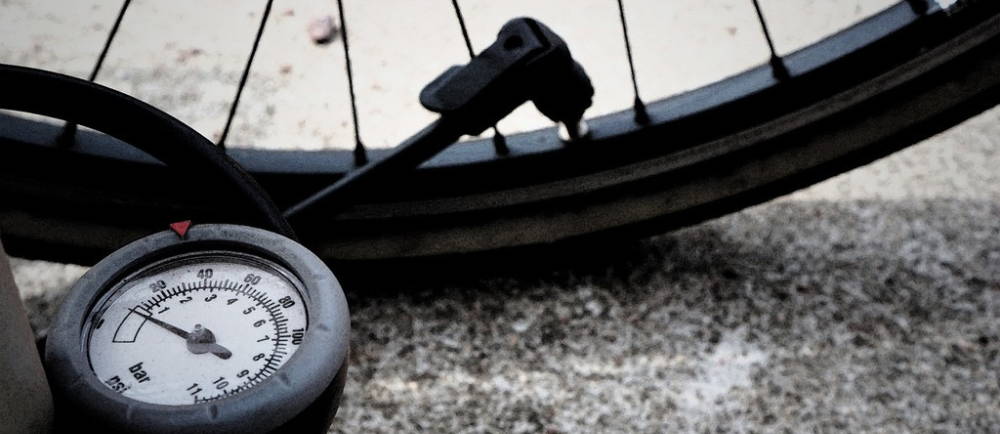
👋 Interested about Upway?
How much tire pressure does an e-Bike need?
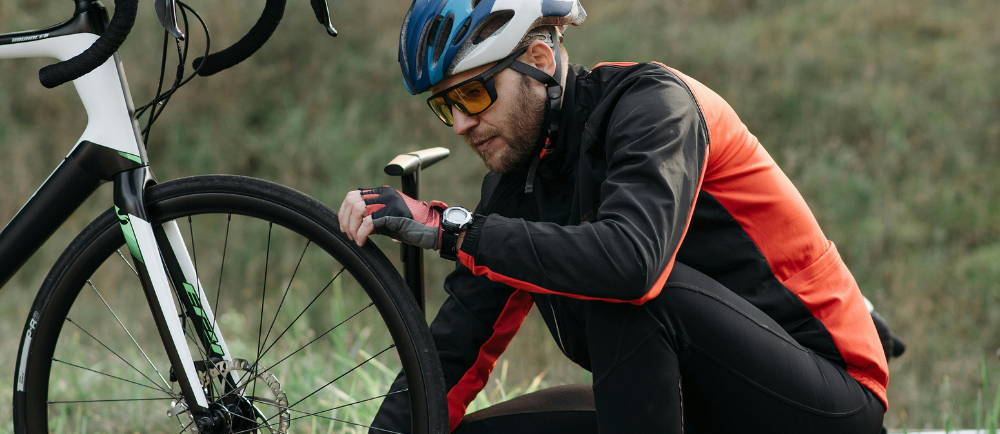
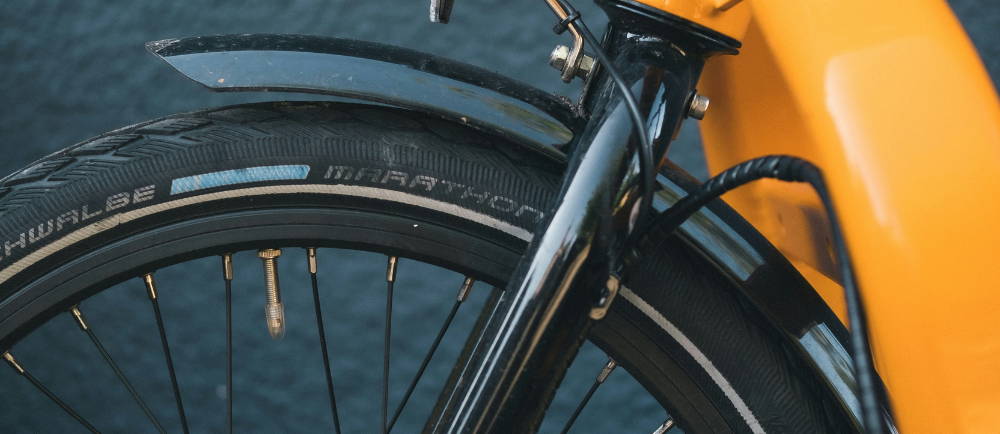
Tire pressures by e-Bike type
- Electric mountain bikes: Typically lower pressures, around 20-45 PSI for improved traction and shock absorption on trails.
- Commuter e-Bikes: Medium pressures between 40-70 PSI, balancing rolling efficiency, battery range, and comfort on smoother surfaces.
- Road e-Bikes: Higher pressures for lowest rolling resistance on paved roads, often around 70-100 PSI. However, gravel e-Bikes can run at significantly lower pressures.
- Fat tire e-Bikes: Very low pressures, around 5-20 PSI, for high levels of grip on loose surfaces like sand or snow, as well as rider comfort.
E-Bike tire pressure & tire width
How weight influences ideal e-Bike tire pressure
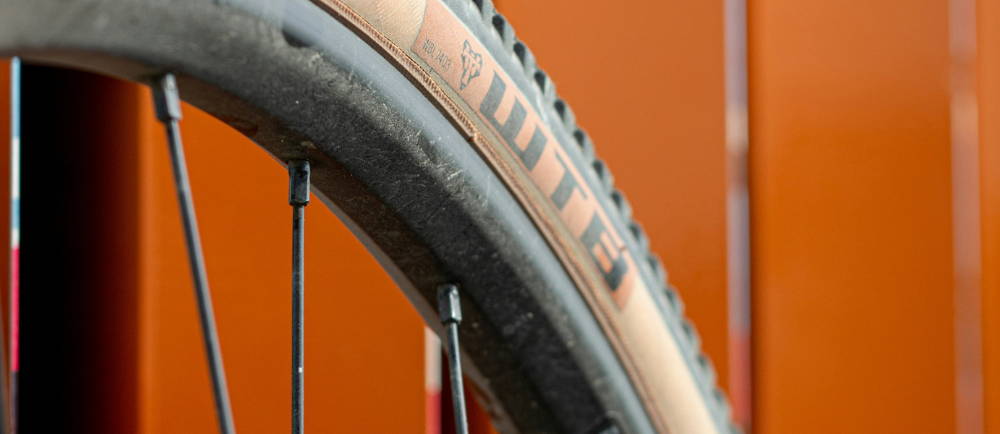
Terrain & riding surface affect recommended tire pressure
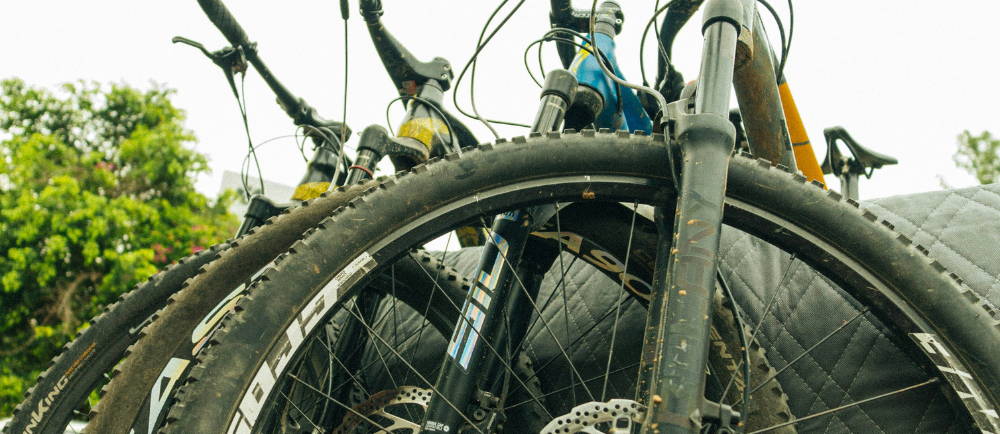
Tire pressure’s relationship with e-Bike battery range
Prepared under pressure: tire pumping tips
- Regularly check tire pressure: Keep tabs on your tires and give them the old squeeze test frequently. Just be sure to actually pump them up if they require it!
- Have a good quality pump at home: Trust me, it pays off big time to have a quality floor pump at home. You’ll use it more often and keep your tires properly inflated. Make sure it has an air pressure gauge so you know what PSI you’re at.
- Carry a portable pump on every ride: It’s a good idea to carry a mini pump with you whenever you ride. In combination with a flat repair or spare tube, this will get you out of a jam.
- Adapters can save you: Consider carrying a Schrader valve adapter if your bike uses Presta valves, so you can fill up with air at gas stations if needed.
- Bring a spare tube or patch kit: Be prepared with a spare tube, patch kit, or tubeless plug to solve punctures. You can bring a tire boot, but I’ve used dollar bills in the past!
Frequently Asked Questions
Does weather affect tire pressure?
Do I need to check my e-Bike every time I ride?
It’s a good idea to check the tire pressure before every ride to see if the tires need to be inflated. Other maintenance tasks, like looking over the gears and brakes, are recommended after every several rides. Bigger projects like suspension can happen as needed.
How often should I maintain my bike?
We recommend checking that your tires are inflated before every ride, but other components can be inspected after every few rides. It’s also a good idea to complete a tune-up every riding season.
Key Takeways
- Tire pressure depends on tire width, rider weight, and terrain: Lower PSI boosts comfort and traction; higher PSI improves speed and efficiency.
- Incorrect pressure can cause flats or discomfort: Too low leads to pinch flats and drag, while too high sacrifices ride comfort.
- Proper PSI improves battery range and control: Keeping your tires properly inflated reduces energy loss and enhances ride quality.
